Smart Veterinary POTC Chemistry Analyzer Machine MSLDA15
- Sample type: Whole blood, plasma, serum
- Sample volume: 100μL
- Principle: colorimetry and microfluidic
- No special operation skills required
- Great Mobility within hand
- Net Weight: 5KG
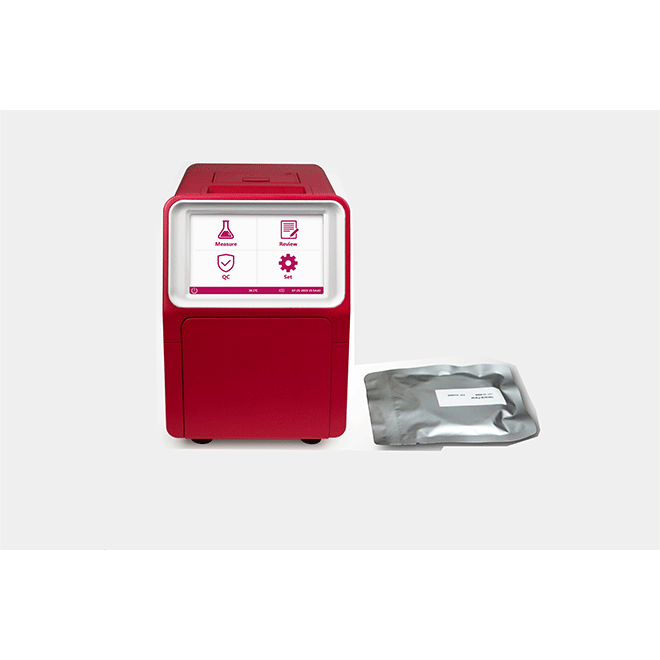
Smart Veterinary POTC Chemistry Analyzer Machine MSLDA15 Basic Parameters:
·Principle: Colorimetry, microfluidics
·Reaction time: 8-12min
·QR code: Built-in QC code scanner,
·QR code including: disc type, LOT No.,Items, Calibration,Manifacture date.
·Sample: Whole blood, plasma, serum
·Sample volume: 100ul
·Screen: 5-inch touch screen
·Multi-language: English
·Unit setting: mmol/L, mg/dl, g/L, g/dL, μmol/L
·Printer: Built-in printer, support exteral printer
·Storage: Up tp 50000 results
·QC: Support LJ graph
·QC frequency: Recommend to perform QC once a month or when using different batchs of discs.
·Optical: Xenon lamp
·Wavelength: 9 wavelengths from 340nm to 800nm, 340nm, 405nm, 450nm, 505nm, 546nm, 600nm, 630nm, 700nm, 800nm
·Voltage: 110V-240V, 70VA
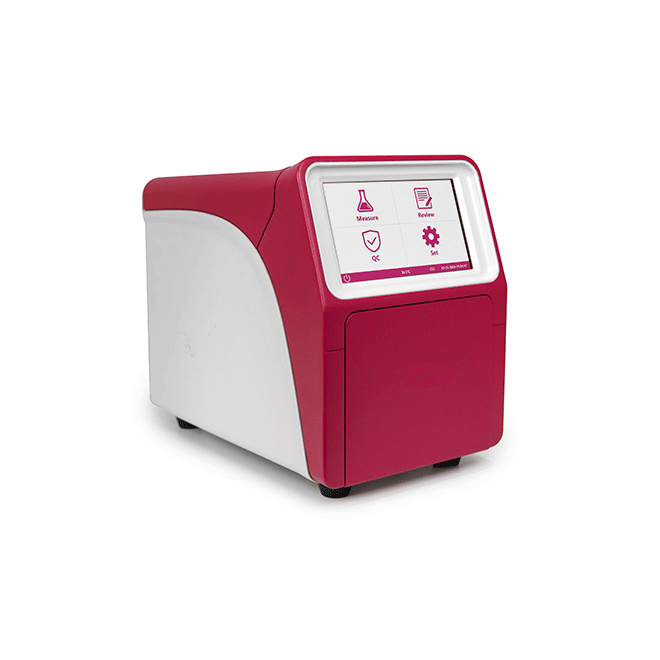
Smart Veterinary POTC Chemistry Analyzer Machine MSLDA15 Other Descriptions:
·Dimension: 263.5*147*208mm(Width*Depth*Height)
·Weight: ≤5KG
·Pressure: 70.0kPa-106.0kPa
·Humidity: ≤ 85%
·Temperature: 10-30℃
·Port: One Ethernet RJ45, Two USB
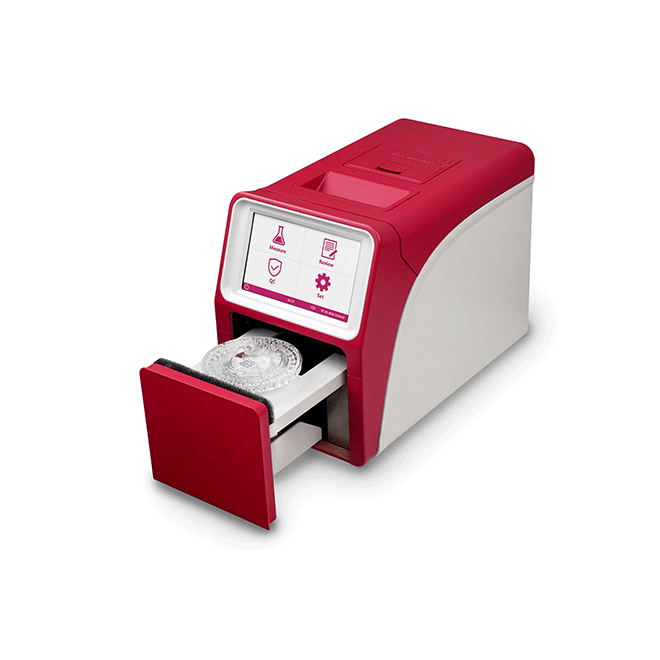
Smart Veterinary POTC Chemistry Analyzer Machine MSLDA15 Test Items:
·General Diagnostic Panel: Na,K,ALB,ALP,ALT,P,UREA,GLU,CO2,CREA,AMY,TP,TBIL,Na/K,GLOB,A/G,UREA/CREA
·Kidney Diagnostic Panel: Na,K,Cl,Ca,CO2,CREA,UREA,UA,ALB,P,Na/K,UREA/CREA
·Liver Diagnostic Panel: TBIL,ALP,UREA,TBA,ALT,AST,GGT,ALB,TP,GLOB,A/G
·Preoperative Panel: ALP,UREA,CK,ALT,GLU,CREA,AST,TP,K,Na,UREA/CREA
·Critical Care Panel: K,Na,Cl,CO2,GLU,UREA,CREA,AMY,ALT,UREA/CREA
·Electrolyte Panel: K,Na,Cl,Ca,CO2,Mg,P,Na/K
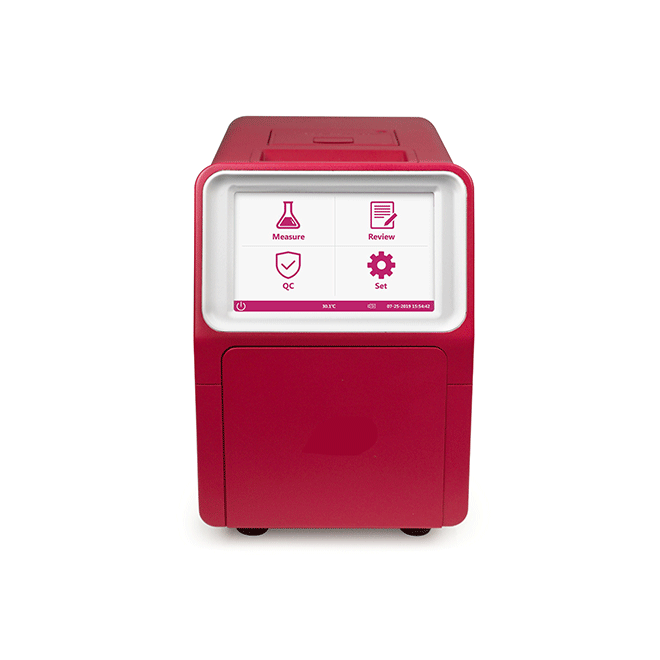




 Price is 8-20% Lower Than Other
Price is 8-20% Lower Than Other




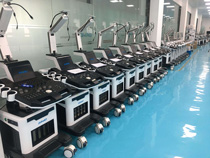
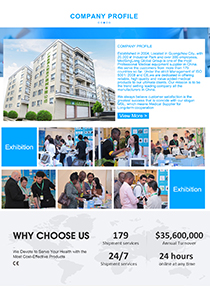



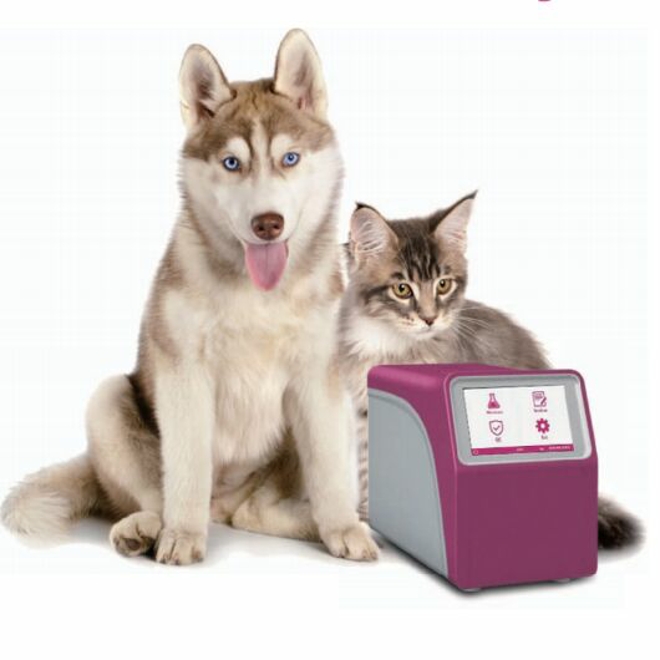



![{pr0int $v['title']/}](https://medicalequipment-msl.com/upload/img/20180522/201805221842185093.jpg.jpg)
![{pr0int $v['title']/}](https://medicalequipment-msl.com/upload/img/20180104/201801041722259316.jpg.jpg)
![{pr0int $v['title']/}](https://medicalequipment-msl.com/upload/img/20180105/201801051008471506.jpg.jpg)
![{pr0int $v['title']/}](https://medicalequipment-msl.com/upload/img/20180104/201801041743356476.jpg.jpg)
![{pr0int $v['title']/}](https://medicalequipment-msl.com/upload/img/20180105/201801050937087001.jpg.jpg)
![{pr0int $v['title']/}](https://medicalequipment-msl.com/upload/img/20180105/201801050937098646.jpg.jpg)
![{pr0int $v['title']/}](https://medicalequipment-msl.com/upload/img/20180104/20180104151925823.jpg.jpg)
![{pr0int $v['title']/}](https://medicalequipment-msl.com/upload/img/20180104/201801041722253617.jpg.jpg)
![{pr0int $v['title']/}](https://medicalequipment-msl.com/upload/img/20180522/201805221832489592.jpg.jpg)
![{pr0int $v['title']/}](https://medicalequipment-msl.com/upload/img/20180104/201801041743355792.jpg.jpg)
![{pr0int $v['title']/}](https://medicalequipment-msl.com/upload/img/20180105/201801051008472478.jpg.jpg)
![{pr0int $v['title']/}](https://medicalequipment-msl.com/upload/img/20180104/201801041722257608.jpg.jpg)
![{pr0int $v['title']/}](https://medicalequipment-msl.com/upload/img/20180105/201801050937095861.jpg.jpg)
![{pr0int $v['title']/}](https://medicalequipment-msl.com/upload/img/20180104/201801041743356059.jpg.jpg)
![{pr0int $v['title']/}](https://medicalequipment-msl.com/upload/img/20180104/201801041519256624.jpg.jpg)
![{pr0int $v['title']/}](https://medicalequipment-msl.com/upload/img/20180104/201801041519253116.jpg.jpg)
![{pr0int $v['title']/}](https://medicalequipment-msl.com/upload/img/20180111/201801111705377686.jpg.jpg)
![{pr0int $v['title']/}](https://medicalequipment-msl.com/upload/img/20180105/201801051008478805.jpg.jpg)
![{pr0int $v['title']/}](https://medicalequipment-msl.com/upload/img/20180614/201806141752243474.jpg.jpg)
![{pr0int $v['title']/}](https://medicalequipment-msl.com/upload/img/20200412/202004122124098335.jpg.jpg)


